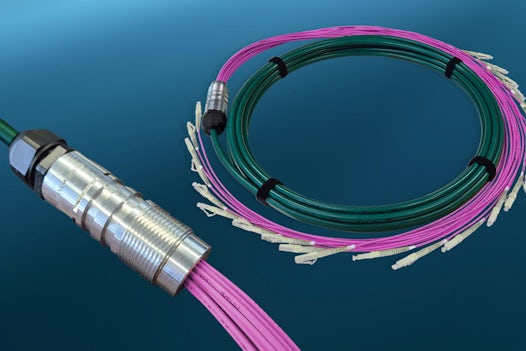
Server cooling: up to 30 percent more effective
Interview with Greg Ong, founder of HyprCool
December 16, 2024

We recently gave you an overview of all the cooling methods available today. But what are the most effective ways of cooling the IT equipment installed in server rooms and data centers?
In the current issue of our customer magazine “Panorama” we asked Greg Ong, founder of the company HyprCool: “A common and effective option is to increase the air temperature. This immediately results in savings and a lower partial power usage efficiency (pPUE) value at rack level,” says Ong. “A medium-term solution is to replace older equipment – pumps, compressors, aircon systems – with more energy-efficient ones when they fail or need to be replaced anyway. In the longer term, consider switching to liquid cooling which can be up to 30 percent more effective than the most efficient air cooling setup. It’s very likely that this will result in a PUE of less than 1.3. Switching to liquid cooling can potentially free up 20 to 30 percent more computing power.”
And what cooling methods does he recommend for small and large data centers? “Hyperscale data centers tend to use more unconventional cooling approaches, such as free air cooling. A typical cloud data center or colocation data centers use conventional air cooling with chillers,” explains Greg Ong. “However, this form of cooling has its limitations for high-density servers,” he points out. “Both ‘normal’ data centers and hyperscalers can benefit from a hybrid approach by selectively deploying liquid cooling for high-density servers and increasing the air temperature for lower-density equipment. This helps economise air cooling and at the same time optimises cooling in high-density computing.”
In the long term, however, air cooling does not have a great future: “In my opinion, air cooling will become obsolete and liquid cooling is becoming the main cooling method.”
You can find the full interview in “Panorama” No. 2/2024 on pages 29 to 31.


